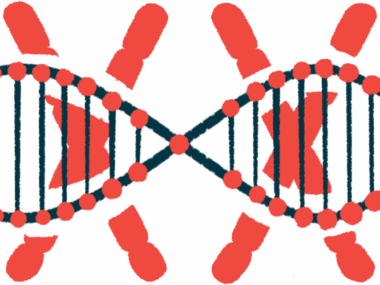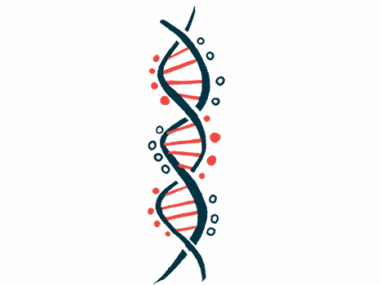Testing IDs C2 gene mutation in woman with aHUS signs: Report
Patient negative for bacteria that are cause of typical form of disease
Written by |

A 29-year-old woman in the U.S. showed signs of atypical hemolytic uremic syndrome (aHUS) and a C2 gene mutation, but without infection caused by Shiga toxin-producing Escherichia coli (STEC), according to a case report. STEC bacteria are the cause of the typical form of the disease.
Genetic testing could not unequivocally diagnose aHUS, and the woman’s condition improved after three sessions of plasma exchange and two weeks of hemodialysis. Plasma exchange is a procedure in which plasma, the liquid part of blood, is removed and replaced to remove extra antibodies, abnormal proteins, or other harmful substances from the blood. Hemodialysis is a form of kidney replacement therapy that filters waste and excess fluid from the blood.
“Regardless of the distinction between HUS and aHUS, this patient’s acute disease presentation underscores the importance of prompt management and early resource planning,” investigators wrote.
The case was described in “A case of STEC-negative hemolytic uremic syndrome with C2 gene mutation variant,” published in Medical Reports.
Mutations in genes typical in aHUS
Hemolytic uremic syndrome (HUS) is characterized by the formation of blood clots inside small blood vessels, known as thrombotic microangiopathy, as well as low levels of platelets, or thrombocytopenia, and destruction of red blood cells, or hemolysis.
Anormal activity of the complement cascade, a part of the immune system, causes aHUS. Most people with aHUS have mutations in the genes that regulate the complement system, although a triggering event, such as an infection, is commonly needed for developing the disease.
Here, two researchers at Saint Louis University School of Medicine in Missouri described the case of a woman who went to the hospital after two weeks of severe nausea, vomiting, diarrhea, and low urine production. Her symptoms started one day after eating sushi and chicken at a local restaurant.
She also reported a headache and was severely dehydrated due to having trouble eating or drinking in the previous week.
Laboratory results indicated she had thrombocytopeni and hemolysis — indicated by high lactate dehydrogenase, bilirubin, and immature red blood cells, as well as low levels of haptoglobin, a protein that eliminates debris produced by damaged red blood cells. Anemia was indicated by low levels of hemoglobin — the protein that carries oxygen in red blood — and acute kidney injury was indicated by elevated blood creatinine and blood urea nitrogen.
Case highlights importance of early recognition
Overall, the findings led the researchers to suspect HUS or thrombotic thrombocytopenic purpura, another condition that causes hemolysis and anemia caused by severe ADAMTS13 protein deficiency. She was transferred to a trauma center, where further analysis revealed worsening hemolysis and low levels of the complement proteins C3 and C4.
The woman was admitted to the intensive care unit for plasma exchange and hemodialysis. Laboratory results came back negative for STEC and other causes of infection.
She received three sessions of plasma exchange before discontinuing this form of therapy after ADAMTS13 activity was found to be normal. After two weeks of intermittent hemodialysis, the woman’s kidney function markedly improved, and she was discharged.
This case highlights the importance of early recognition and management of thrombotic microangiopathies, especially when infectious workup is negative.
At a four-month follow-up, she reported no symptoms. At that point, genetic testing showed she had a rare mutation in the C2 gene and three variants in the CFH gene that are more common in people with aHUS.
“Genetic panel testing was unequivocal but suggested further study of the potential role of the C2 gene in pathogenesis [disease development] of aHUS,“ the researchers wrote.
“This case highlights the importance of early recognition and management of thrombotic microangiopathies, especially when infectious workup is negative,” they added. “Prompt initiation of plasmapheresis [plasma exchange] in cases with high PLASMIC scores [indicative of thrombotic microangiopathy associated with ADAMTS13 deficiency] remains critical, even in indeterminate presentations.”







